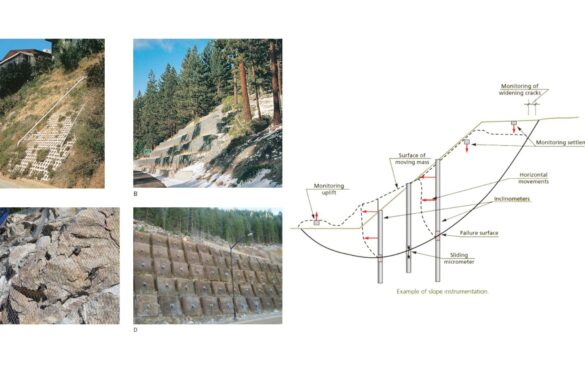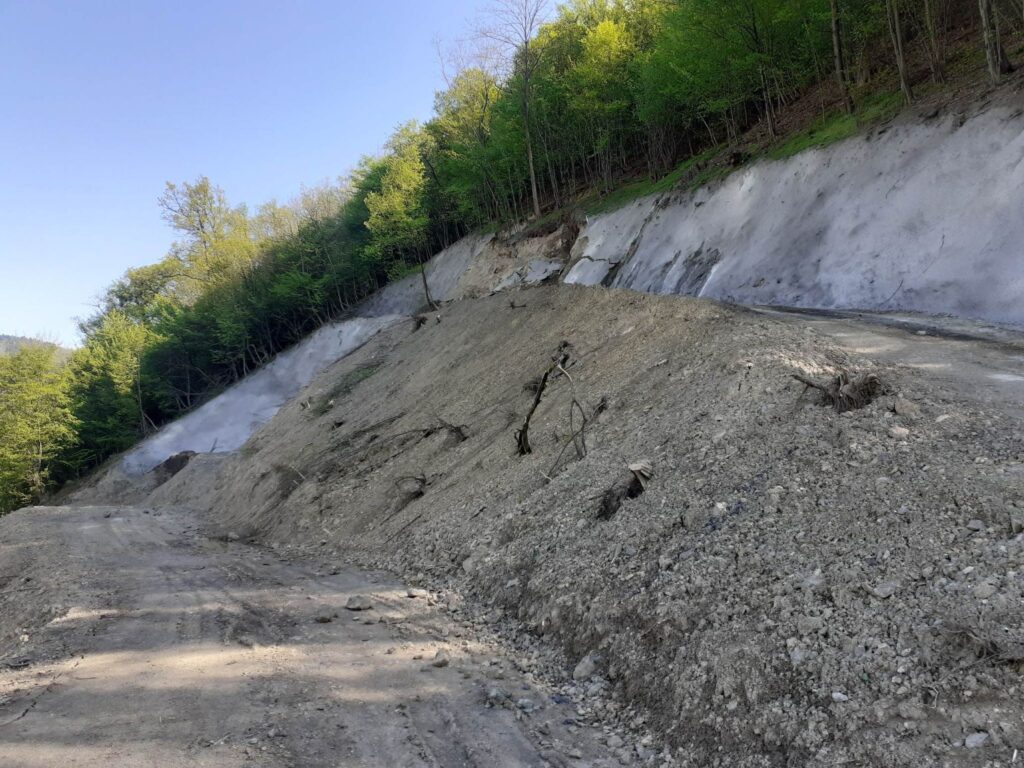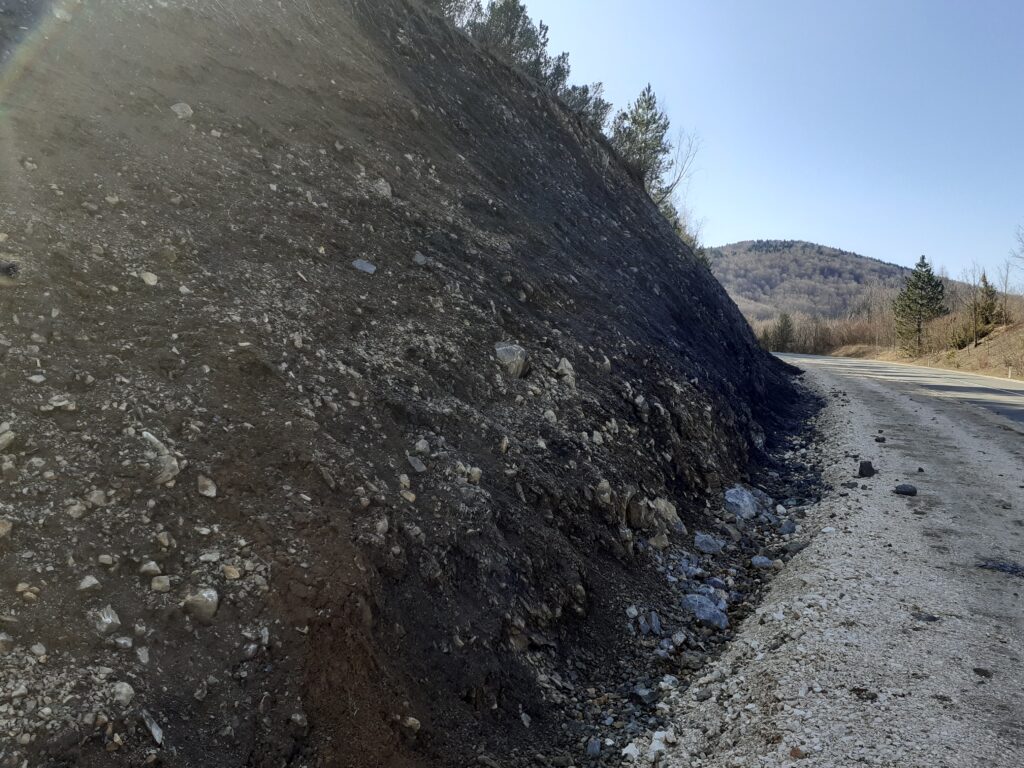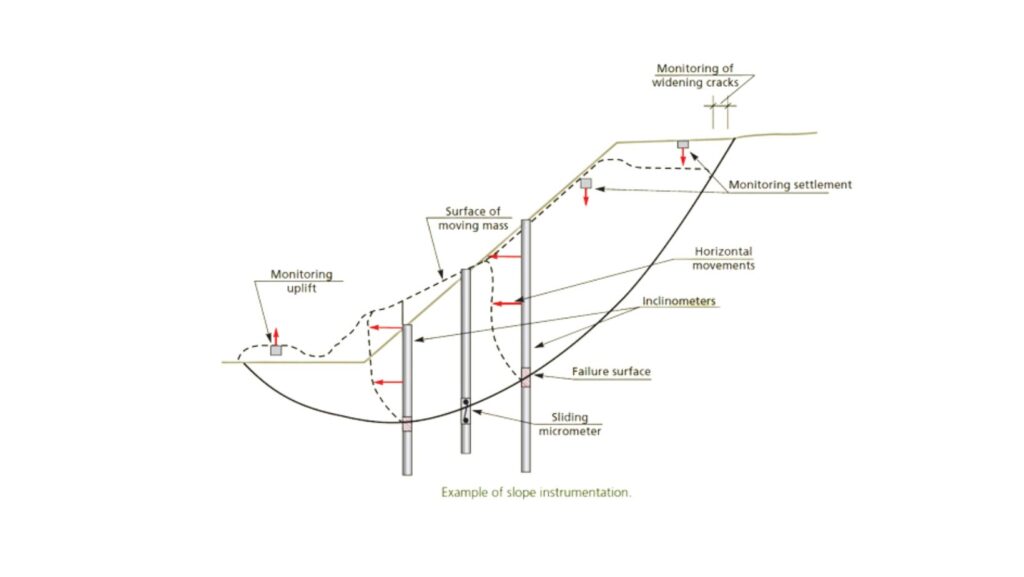Monitoring of Movements in an Unstable Slope: Understanding the Importance of Regular Assessments

Unstable slopes are a constant threat to human settlements and infrastructure, and regular monitoring is critical for their management. Slopes can become unstable due to various factors such as weathering, erosion, and human activities. The instability can result in landslides, rockfalls, or soil movements, which can cause severe damage to structures, cause loss of life, and disrupt communities.
Monitoring movements in an unstable slope involves continuous observation and measurement of various parameters to detect any changes that may indicate a potential slope failure. In this article, we will discuss the importance of regular assessments in monitoring unstable slopes and the various techniques and technologies used for this purpose.

Why is regular monitoring essential for unstable slopes?
Regular monitoring is necessary for unstable slopes because it provides valuable data that can help in the assessment of the slope’s stability and the potential for slope failure. The data collected during monitoring can help to identify any changes in the slope’s behavior and detect any potential signs of slope instability.
Furthermore, regular monitoring can help to identify trends in slope behavior and provide early warning of any potential slope instability. This can help to reduce the risk of loss of life and damage to structures, as well as providing sufficient time to take appropriate measures to prevent or mitigate any potential slope failure.

What are the techniques and technologies used for monitoring unstable slopes?
There are several techniques and technologies used for monitoring unstable slopes. These include:
Inclinometers – Inclinometers are devices used to measure the slope’s angle and detect any changes in slope angle. These devices are installed vertically in boreholes drilled into the slope and can detect any changes in the slope angle.
Piezometers – Piezometers are devices used to measure the water pressure within the slope. They are installed in boreholes and can detect any changes in water pressure, which can indicate changes in the slope’s stability.
GPS – GPS is used to measure the slope’s movement over time. GPS devices are placed on the slope’s surface and can detect any changes in the slope’s movement.
LiDAR – LiDAR is a technology used to create 3D images of the slope’s surface. These images can detect any changes in the slope’s surface and provide valuable data for assessing slope stability.
Ground Penetrating Radar (GPR) – GPR is a technology used to detect any changes in the slope’s subsurface. GPR devices can detect any voids or weaknesses in the slope’s subsurface, which can indicate potential instability.

Conclusion
In conclusion, monitoring movements in an unstable slope is essential for ensuring public safety and protecting infrastructure. Regular monitoring can help to identify potential slope instability and provide early warning of any potential slope failure. The use of various techniques and technologies can provide valuable data for assessing slope stability and identifying any changes in slope behavior. It is essential to conduct regular monitoring of unstable slopes to ensure the safety of the public and infrastructure.
